What is Seasonal Affective Disorder? (How to Slay the SAD Beast!)

Winter is approaching and with it comes SAD.
No, I don’t mean the emotion (although that’s part of it).
I’m talking about Seasonal Affective Disorder.
Luckily, we have some tips and tricks for treating SAD that our Online Coaching Clients use. Today, we’ll share them with you too.
Here’s what we’ll cover:
- What is Seasonal Affective Disorder?
- How do I know if I have SAD?
- What is the best treatment for Seasonal Affective Disorder? (Slaying the SAD Beast)
- Moving forward with SAD (This too shall pass)
Disclaimer: We’re going to be discussing some issues that may be difficult for some going through a tough time. If you (or someone you know) aren’t coping so well, PLEASE see the links at the bottom of this article with some resources from all around the world. Obviously, we recommend discussing this information with your health professional – none of this is a diagnosis, but rather a starting point for discussion.
BUT, armed with the right weapons, we can ward off the winter monster, or even keep it in full hibernation.
From here, mental health wizard and resident NF Family Rebel Correspondent, Dan Schmidt, will take it away:
What is Seasonal Affective Disorder?

Aside from being a really clever acronym, Seasonal Affective Disorder (SAD) is a mood disorder that, spoiler alert, has a seasonal pattern.
It’s also known as:
- Winter depression
- Winter blues
- Seasonal depression.
In a nutshell, SAD makes people with ‘normal’ mental health experience depressive symptoms at a specific time each year – most often winter.
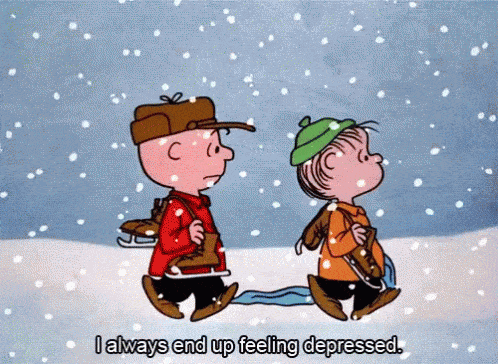
SAD can be a cruel, powerful, and damaging arctic foe.
But armed with the right weapons, we can ward off the winter monster, or even keep it in full hibernation.
How Do I Know if I have SAD?

Most of us feel a little glum in winter…it’s natural to feel a little down.
Cold mornings, less time outside, and often it’s not as easy to get out and do our favorite things:

So for a lot of us, winter just sucks a little.
We’ve known something was up since the 6th century, but SAD remained a mythical creature until the 1980s in the West when it became officially recognized as a mood disorder. While we’re still not 100% sure of how it works; it’s pretty clear to see that SAD especially thrives in the cooler, darker climates.
For example, studies show[1] SAD’s prevalence in the U.S. ranges from around 1% in Florida to 9% in Alaska. Looking around the world, in Oslo, Norway, around 14% of the population will be impacted by SAD,[2] while us lucky buggers Down Under are barely impacted at all, with estimates that only around 1 in 300 Aussies (0.33%)[3] will experience SAD during the “winter.”

Yes, SAD can occur for some people during summer and other seasons, but this is particularly rare compared to winter prevalence.
Common SAD symptoms include:
- low mood for most of the day.
- loss of interest in your usual activities.
- drowsiness and low energy (lethargy).
- fatigue, irritability, and severe mood swings.
- Irregular sleep patterns (too much and/or too little)
- eating more than usual, especially craving sugar and carbohydrates, leading to weight gain.
- loss of interest in things you normally enjoy doing.
- intrusive or disturbing thoughts.
Depression is not just a fancy word for feeling “bummed out”, and SAD is just as serious as any other depression and needs to be dealt with promptly and effectively. (See the end of the article for a list of mental health services links.)
“But how do I know the difference between general winter glumness, or if I’m being mauled by the SAD beast like Leo in the Revenant?”

Ask yourself these questions:
- “Do you feel like you can’t get yourself out of this rut?”
- “Have you lost an interest in things that you usually enjoy?”
- “Have you felt this way for more than two weeks?”
If so, then it could be time to have a chat with a professional and perhaps seek treatment. Once again, SAD is just as real and can be just as devastating as Major Depressive Disorder; the only difference is the yearly regular onset.
This bitter beast can take over someone’s entire wellbeing, and left untreated, the consequences can be devastating.
So let’s learn how we can slay the SAD, or even better, keep it in hibernation this year, so we nerds can continue to conquer all year round.
What is the best treatment for Seasonal Affective Disorder? (Slaying the SAD Beast)

As with any injury or illness boss battle, you need to use the right medicine weapon to save the day. And there are many weapons you can equip yourself with to slay SAD.
Here is how to treat Seasonal Affective Disorder:
#1) GET SOME LIGHT
Light helps the body produce serotonin (hormone that affects mood) and reduces the production of melatonin (hormone that makes you sleepy).[4]
Starting with natural light is best, even though it’s not always easy. If the sun happens to be peeking out from the clouds, try and get outside for a nice walk. Even on cold or cloudy days, outdoor light can help, particularly in the morning. Just make sure you bundle up properly. The Norwegians have a saying “There is no bad weather, only bad clothing!”
Also, making your work and home environments as light and airy as possible and sitting near windows can help too.
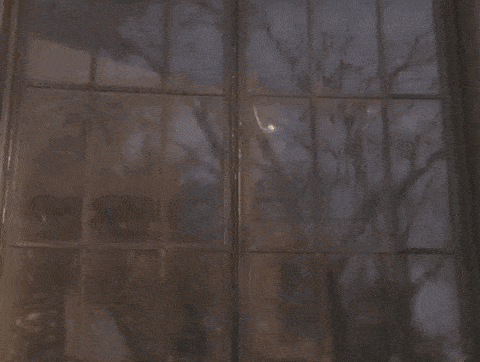
If you feel you’re just simply not able to get enough natural light, ‘Light Therapy’ is generally one of the first weapons picked up to slay SAD.[5] It can start alleviating symptoms in just a few days. It’s incredibly simple, and sitting under bright fluorescent globes or in front of a therapy lamp (again, particularly in the morning) has shown to be effective against SAD[6] (Anecdotal, but I once met a young woman who started to feel better just by increasing the wattage of her bedroom lightglobes).
Be forewarned that Light Therapy is not appropriate for everyone, including people with bipolar disorder – talk to a professional if this is a route you want to take.
#2) EXERCISE AND DIET
Surprise, surprise, our old friends come to the rescue once again. It’s clear[7] that exercise is key in keeping the blues at bay, so rug up and take a long walk, and be sure to work out when possible.
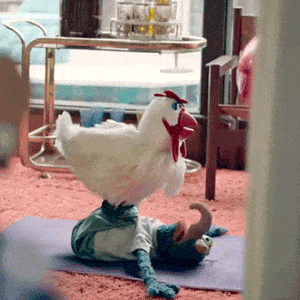
Exercise and other types of physical activity help relieve stress and anxiety, both of which can increase SAD symptoms.
If you’re really keen to take on winter, try the Winter Is Coming Workout, and start building that summer body early. For those who don’t like the freezing weather, that’s cool (get it?), you can always do Steve’s 20-minute hotel room workout (pro tip: you don’t actually need to be staying in a hotel room to do the workout… that was $250 I’ll never get back).
As for nutrition – while there is no well-established link between healthy nutritional practices and a reduction in SAD symptoms. BUT, studies HAVE shown links between healthy eating – like the Mediterranean diet – and a decrease in general depression.[8]
So anything we can do to eat healthy this time of year may certainly help.
Plus, Steve has already highlighted that if you’re going to eat unhealthy foods during winter, let’s at least be smart about it and negate the impact the holidays have on our waistlines. Try your best to provide a counterbalance to those comfort foods, and keep your diet as close as you can to what it is the rest of the year.
#3) GET SOME VITAMIN D
When exposure to sunlight is low, your body makes less Vitamin D.[9] According to this study,[10] Vitamin D deficiency affects nearly HALF of the world population. It is important for overall health. Our friends over at Examine say that if your diet is decent and there’s only one supplement you’re taking, it should probably be Vitamin D during these upcoming months.
The research is a little mixed when it comes to Vitamin D’s effectiveness in battling SAD,[11] but some studies[12] do show an improvement to everyone’s depression scale scores (those with or without SAD). Overall, if you aren’t getting enough sunlight in the winter, consider picking up some Vitamin D!
Recommendations differ for the amount of Vitamin D needed – or if you even need it – so further blood work and a talk with your doctor is a good choice here.
#4) MEDITATE
Meditation has been shown to help alleviate symptoms of depression.[13] Now, you don’t have to shed all your worldly possessions and go live in the mountains:
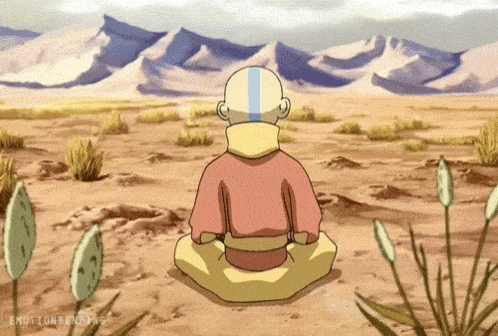
But if you’re suffering from the winter blues, a simple mindfulness practice may help. Even just a few minutes a day can go a long way.
If you want, Nerd Fitness Journey has a meditation adventure to help you build up the habit.
It’s free to try, right here:
#5) EMBRACE THE SEASON
Going back to foreign sayings – there’s a Danish concept of “hygge.”
While there’s no direct English translation, it essentially means coziness and comfort
Things like:
- Wrapping yourself up in a blanket.
- Enjoying a good book.
- Or sitting by a warm fire.
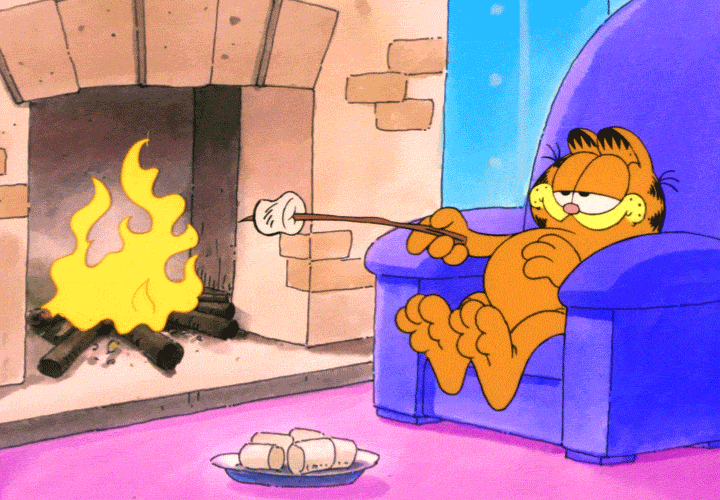
So instead of lamenting the change of seasons – EMBRACE these other experiences that we get to enjoy.
#6) THERAPY
Talk Therapy (Psychotherapy) and cognitive behavioral therapy sound scary but really aren’t.
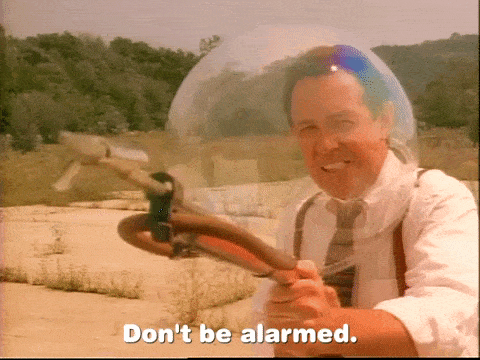
Psychotherapy focuses on helping you to build skills to deal with the stresses in your life, along with identifying and changing negative thinking patterns.
Therapies such as these assist with relearning some of the patterns and thoughts in your life that aren’t doing you any good.
(You can read the Nerd Fitness Guide to Mental Health for more info.)
It can feel daunting and really weird ‘opening up’ to a stranger at first.
But having a coach to talk through your negative thoughts and feelings, someone who can teach you to manage those better, is generally quite effective.
Most people will notice an improvement in as little as two weeks. Really, the “weird” stigma is usually the biggest barrier to even doing the thing in the first place!
#6) MEDICATION
Finally, some people with SAD benefit from antidepressant treatment, especially if symptoms are severe. We’re not here to offer any medical advice, so please see your doctor if you think medication may assist you.
Moving forward with SAD (This too shall pass)
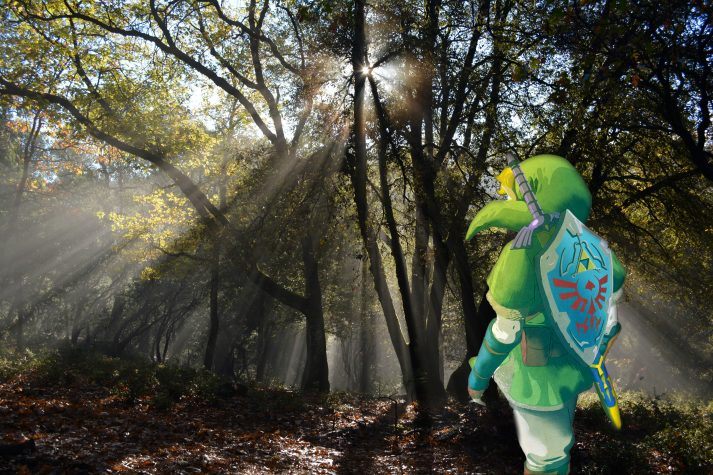
It’s normal to have some days when you feel down, and the holiday season can be especially hard for some.
When short days and miserable weather are piled on top of this, it’s easy to see why ‘winter blues’ is so common. But if you feel down for days at a time and you can’t get motivated to do activities you normally enjoy, please speak to someone and see your doctor. This is especially important if your sleep patterns and appetite have changed, you feel a sense of hopelessness, you have intrusive thoughts, or you turn to alcohol/substances for comfort or relaxation.
Above all, take care of yourself this winter:
- Be sure to get enough rest, and take the time to relax.
- Participate in an exercise program or engage in another form of regular physical activity.
- Get outside when you can.
- Make healthy choices for meals and snacks when possible.
- Reach out to a trusted friend, family member, or health professional if you feel you’re having a tough time.
And if someone reaches out to you, remember: We are Rebels, we fight conventional wisdom and smash stigmas. Never leave a fellow nerd behind.

If you feel the bitter, arctic beast starting to rise from its summer slumber, remember that you are not alone, and there are ways to slay the frosty fiend. You are strong enough to beat this, and the entire Rebellion has your back.
Want a little more from us?
If you want to continue your journey with Nerd Fitness, we have three great ways for you to do so:
#1) Our Online Coaching Program: a coaching program for busy people to help them make better food choices, stay accountable, and get healthier, permanently.
You can schedule a free call with our team so we can get to know you and see if our coaching program is right for you. Just click on the button below for more details:
#2) If you want an exact roadmap for getting fit, check out NF Journey. Our fun habit-building app helps you exercise more frequently, eat healthier, and level up your life (literally).
Plus, we have Missions specifically designed to help you stay active, no matter what the weather is like outside.
Try your free trial right here:
#3) Join the Rebellion! We need good people like you in our community, the Nerd Fitness Rebellion.
Sign up in the box below to enlist and get our Rebel Starter Kit, which includes all of our “work out at home” guides, the Nerd Fitness Diet Cheat Sheet, and much more!
- The 15 mistakes you don’t want to make.
- Full guide to the most effective diet and why it works.
- Complete and track your first workout today, no gym required.
Alright, that does it for me. Rebels, take care of yourself and each other.
Do you have your own secret weapon to slay the SAD? We’d love to hear from all you Rebels about how you keep your mind healthy during winter; the more ideas we all have, the better! Let us know in the comments!
– Dan
PS – If you, or someone you know, would like further support, here are some excellent links and services that will get you started in the right direction:
- North America – Suicide Prevention Lifeline, List of Mental Health hotlines
- Canada – Mental Health Helpline, List of Mental Health services
- Great Britain & Ireland – Samaritans, List of services via Mental Health Foundation
- Australia – National helplines and websites, Lifeline, headspace
- New Zealand – Lifeline, Mental Health helplines
- India – SNEHA
- Norway – Suicide hotline
- Worldwide – Worldwide mental health hotlines, Worldwide suicide hotlines, Befrienders Worldwide
###
Photo source: lilu330 © 123RF.com
The post What is Seasonal Affective Disorder? (How to Slay the SAD Beast!) first appeared on Nerd Fitness.
from Nerd Fitness https://ift.tt/3nLGQQE


0 comments:
Post a Comment